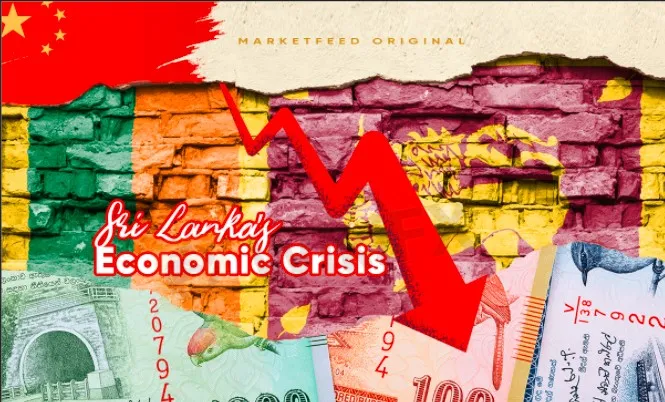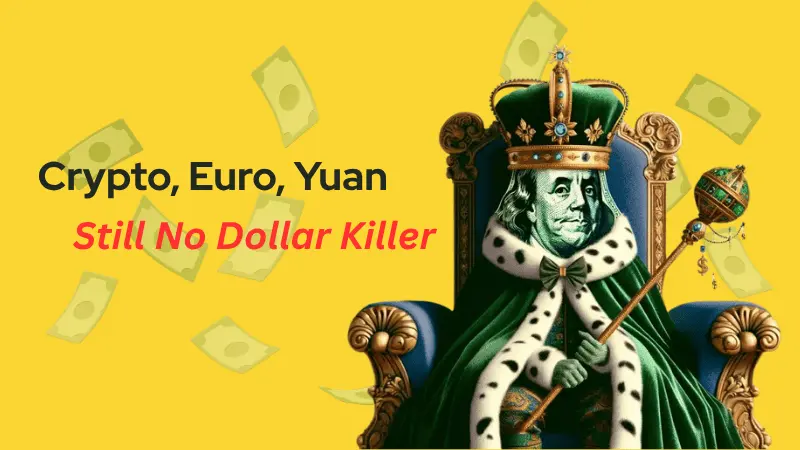简体中文
繁體中文
English
Pусский
日本語
ภาษาไทย
Tiếng Việt
Bahasa Indonesia
Español
हिन्दी
Filippiiniläinen
Français
Deutsch
Português
Türkçe
한국어
العربية
How Sri Lanka became a cautionary tale about faulty economics.
Abstract:Foreign investment dried up, exports collapsed, inflation is high, jobs losses have increased, the foreign debt situation seems precarious, depleting foreign exchange reserves and business confidence is low and there are signs of social stress.
The economy in the island nation was slowing even before the Covid-19 pandemic with high debt levels and high fiscal deficit. The pandemic dealt a severe blow to the countrys economy as the crucial tourism sector crumbled under the weight of the devastating impact of the coronavirus. Growth contracted by 3. 6% in 2020 and pushed thousands into poverty.

Foreign investment dried up, exports collapsed, inflation is high, jobs losses have increased, the foreign debt situation seems precarious, depleting foreign exchange reserves and business confidence is low and there are signs of social stress. A controversial organic farm policy hurt the agriculture sector pushing food prices higher and led to shortages. The government has rolled back some of the provisions and has promised to import chemical fertilisers but experts say the damage has been severe. The intensity of the crisis has increased with severe power cuts and energy shortages. Public transport has been crippled due to shortage of fuel. The immediate causes of the present difficulties of debt management are the commercial loans obtained since 2007 for non-revenue yielding projects.
The problem was aggravated by the ill-considered tax breaks given in 2019. Underlying all this was a fundamentally unsound economy afflicted by twin deficits (fiscal and current account) that were not addressed by any government since Independence. The self-inflicted reduction of state revenues over the past two years resulted in the inability to manage the accumulated debt burden, said Rohan Samarjiva, chair of private think tank LIRNEasia. According to the International Monetary Fund (IMF) on the eve of the pandemic, the country was highly vulnerable to external shocks owing to inadequate external buffers and high risks to public debt sustainability, exacerbated by the Easter Sunday terrorist attacks in 2019 and major policy changes, including large tax cuts in late 2019.
How Serious Is Sri Lankas Debt Problem?
Experts say foreign debt levels totalled more than $35 billion as of April 2021. Global ratings agency Moody‘s Investors Service says a delay in the recovery of tourism receipts would weigh on Sri Lanka’s precarious external liquidity position. As of November 2021, the country had $1 billion in foreign-exchange reserves, covering less than one month of imports. While the central bank indicated that reserves had risen as of the end of December with the disbursement of a $1. 5 billion swap agreement with the Peoples Bank of China, reserves adequacy remains very weak, with reserves at around $2-3 billion compared with $5-6 billion of foreign currency obligations due annually through at least 2025. The downgrading of sovereign ratings to deep non-investment grade has shut the door to global bond markets.
What‘s China’s Role In This Crisis?
Since the early 2000s, China has become a leading provider of commercial loans to Sri Lanka for infrastructure projects, including the Hambantota Port. There are claims that by accepting such loans, Sri Lanka is now stuck in a ‘debt trap’. However, the debt trap is not wholly Chinese. About half of Sri Lankas foreign debt was owed to capital markets while China accounted for about 10% in April 2021, Ganeshan Wignaraja, a non-resident senior fellow at the Institute of South Asian Studies (ISAS) of the National University of Singapore said in an article. Some experts such as Samarajiva say loans from China are not cheap but account for only around 10-15% of the total stock of debt. He says quite a few of the Chinese loans were used by the government for non-revenue yielding projects (Mattala airport; Lotus Tower in Colombo).
The Way Forward?
There have been calls for political parties to come forward for a common minimum programme to craft a two-year recovery plan and prescriptions for carrying out deep and significant reform to revive growth. India has also offered significant humanitarian help. The IMF is expected to restart discussions with Sri Lanka for a possible loan assistance programme.
The discussions could start in April when the Sri Lankan finance minister visits Washington. The IMF says the economic outlook is constrained by Sri Lankas debt overhang as well as persistently large fiscal and balance-of-payments financing needs. GDP growth is projected to be negatively affected by the impact of the FX shortage and macroeconomic imbalances on economic activities and business confidence. Inflation recently accelerated to 14% in January 20223 and is projected to remain double-digit in the coming quarters, exceeding the target band of 4–6%, as strong inflationary pressures have built up from both supply and demand sides since mid-2021.
Under current policies and the authorities‘ commitment to preserve the tax cuts, the fiscal deficit is projected to remain large over 2022–26, raising public debt further over the medium term. Due to persistent external debt service burden, international reserves would remain inadequate, despite the authorities’ ongoing efforts to secure foreign exchange financing from external sources. It says that the outlook is subject to large uncertainties with risks tilted to the downside.
Disclaimer:
The views in this article only represent the author's personal views, and do not constitute investment advice on this platform. This platform does not guarantee the accuracy, completeness and timeliness of the information in the article, and will not be liable for any loss caused by the use of or reliance on the information in the article.
Read more

Crypto, Euro, Yuan: Still No Dollar Killer
Despite frequent “de-dollarization” headlines, the U.S. dollar remains unrivaled due to unmatched market depth, global usability, and trusted legal/institutional frameworks. Crypto and other currencies (euro, yuan) lack the stability, convertibility, and infrastructure required to replace the USD, while the Fed’s credibility and the scale of U.S. financial markets continue to anchor demand. Bottom line: no alternative currently offers a complete, credible substitute for the dollar’s global role.

100% Tariff Incoming: Trump Announces November Hike on China
The U.S. will impose an additional 100% tariff on Chinese imports starting Nov. 1, 2025—potentially earlier—alongside new export controls on “critical software,” escalating tensions after Beijing’s rare-earth curbs, new port fees, a Qualcomm probe, and a halt to U.S. soybean purchases. Stocks fell on the news. Key context: some U.S.-China tariffs remain paused until Nov. 10, a Supreme Court case could reshape Trump’s tariff authority, new U.S. duties on cabinets (Oct. 1) and wood products (Oct. 14) are in force, and a pause on Mexico tariffs is set to end next month.

What is NFP in Forex? An Insightful Guide for Traders
The Non-farm Payroll (NFP) report may be for the US. However, the report, which is issued every month, impacts the forex market globally. The monthly report estimates the number of jobs gained in the US in the previous month. The job numbers stated on this report exclude those of farms, private households, and non-profit organizations. Usually released on the first Friday of the month, the report also includes the US unemployment rate, average hourly earnings, and participation rate. In this article, we have answered the question - what is NFP in forex - and shared other pertinent details. Read on!

Fed Rate Cuts May Not Happen in July, Markets Await Policy Meeting Minutes Release
Federal Reserve officials had a meeting on June 17-18 during which some of them expressed a fall in interest rates in July. However, a lot of policymakers are still worried about the inflationary pressures that might emerge from US President Donald Trump’s import tariff decisions aimed at changing global trade. So, it seems the rate cut may not happen in July. Read this to know more.
WikiFX Broker
Latest News
Angel one 2025 Review & Complaints
Latest FCA Daily Alerts and Consumer Warnings for 2025
Webull Widens Crypto Futures with Coinbase Derivatives
Is Nash Markets Regulated or Risk? Truth About Nash Markets’ License & Withdrawal Issues
CySEC Blocks Certification Access to Combat Advisor Impersonation
Exclusive Markets Under the Scanner: Traders Report High Swap Charges, Deposit Discrepancies & More
The United States Outgrows All Its Major Peers
PINAKINE Broker India Review 2025: A Complete Guide to Safety and Services
Pinched By Penny Shortage, US Retailers Beg Congress To Step In
PINAKINE Broker Review: A Complete Look at Its Services and Risks
Currency Calculator




